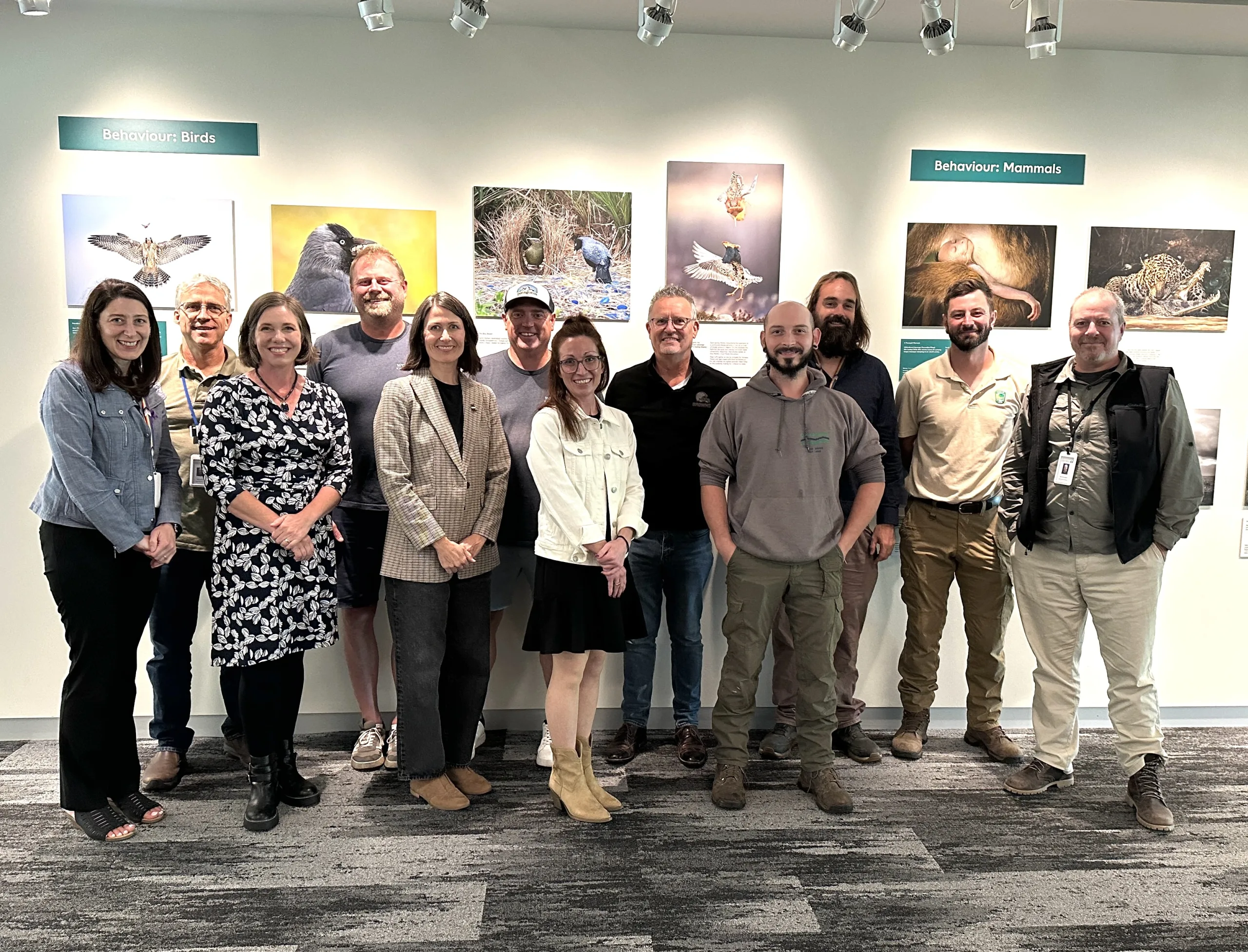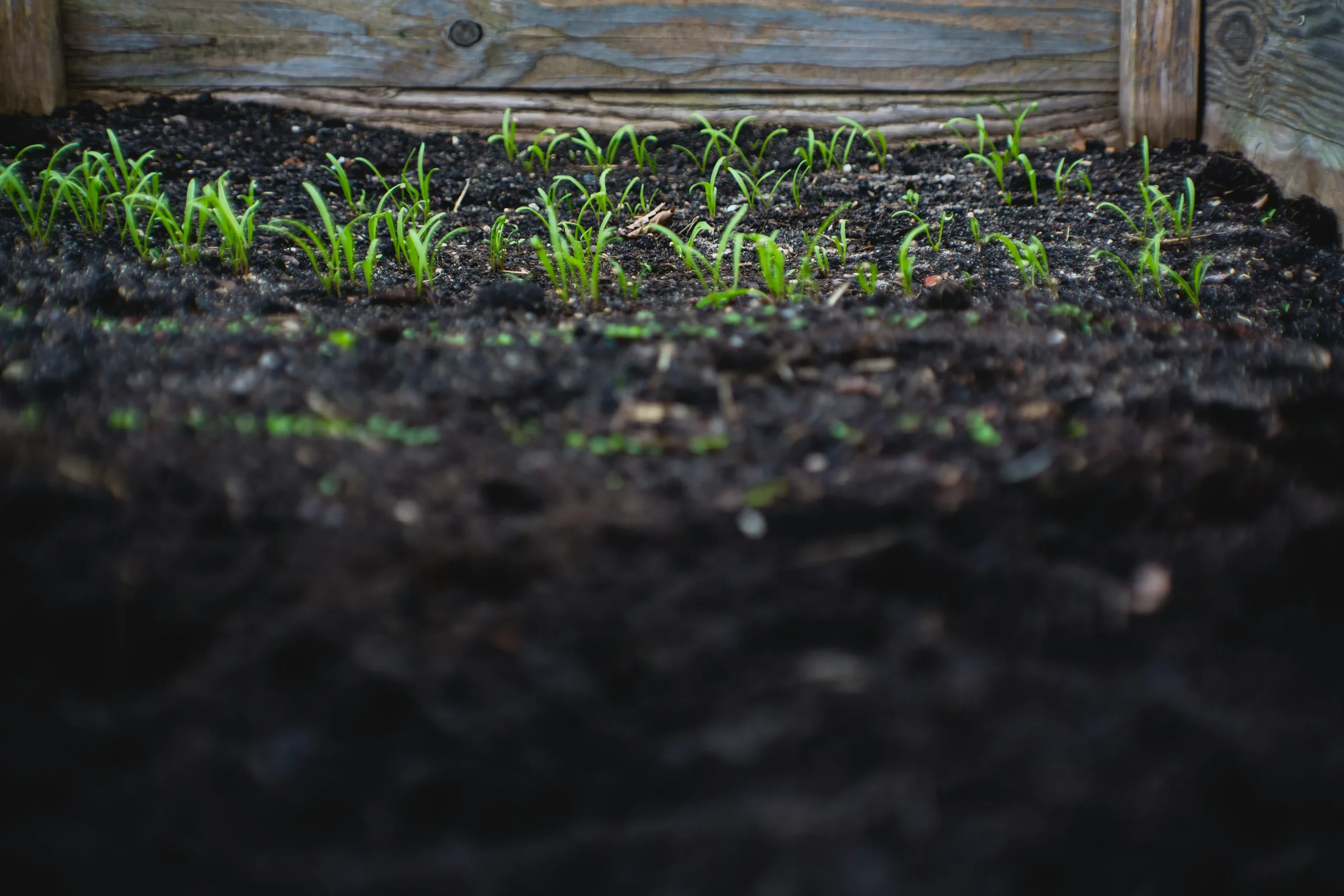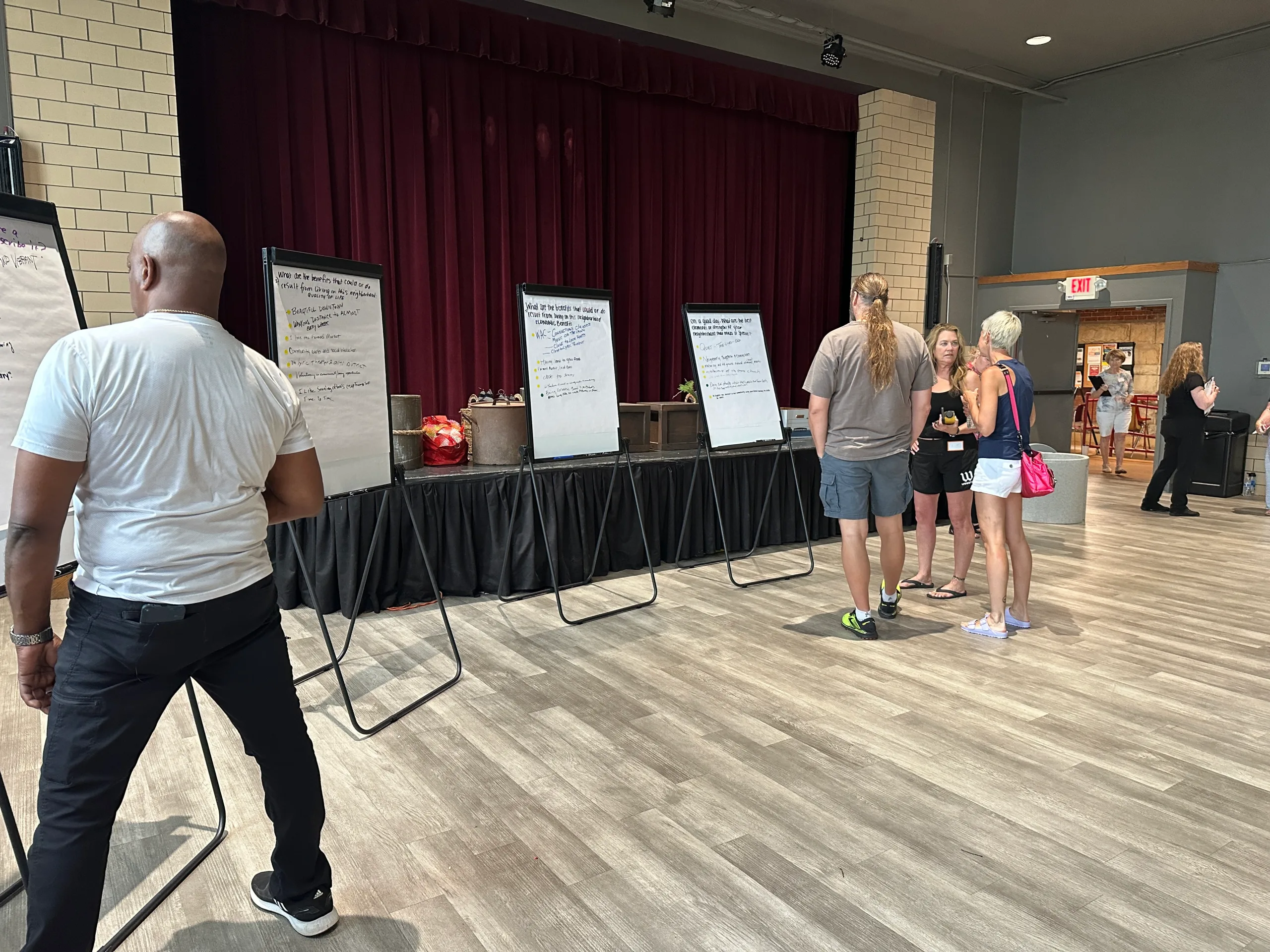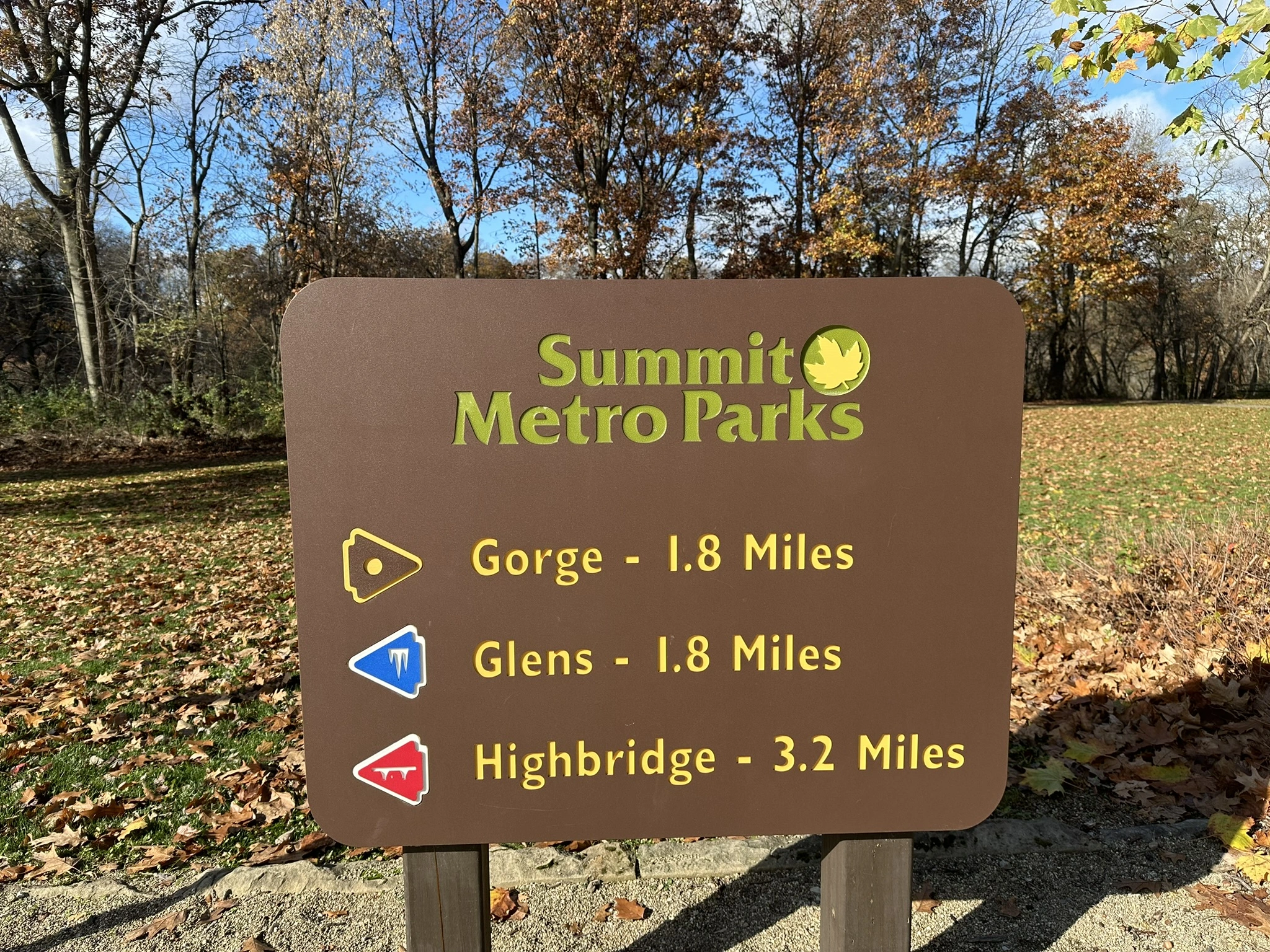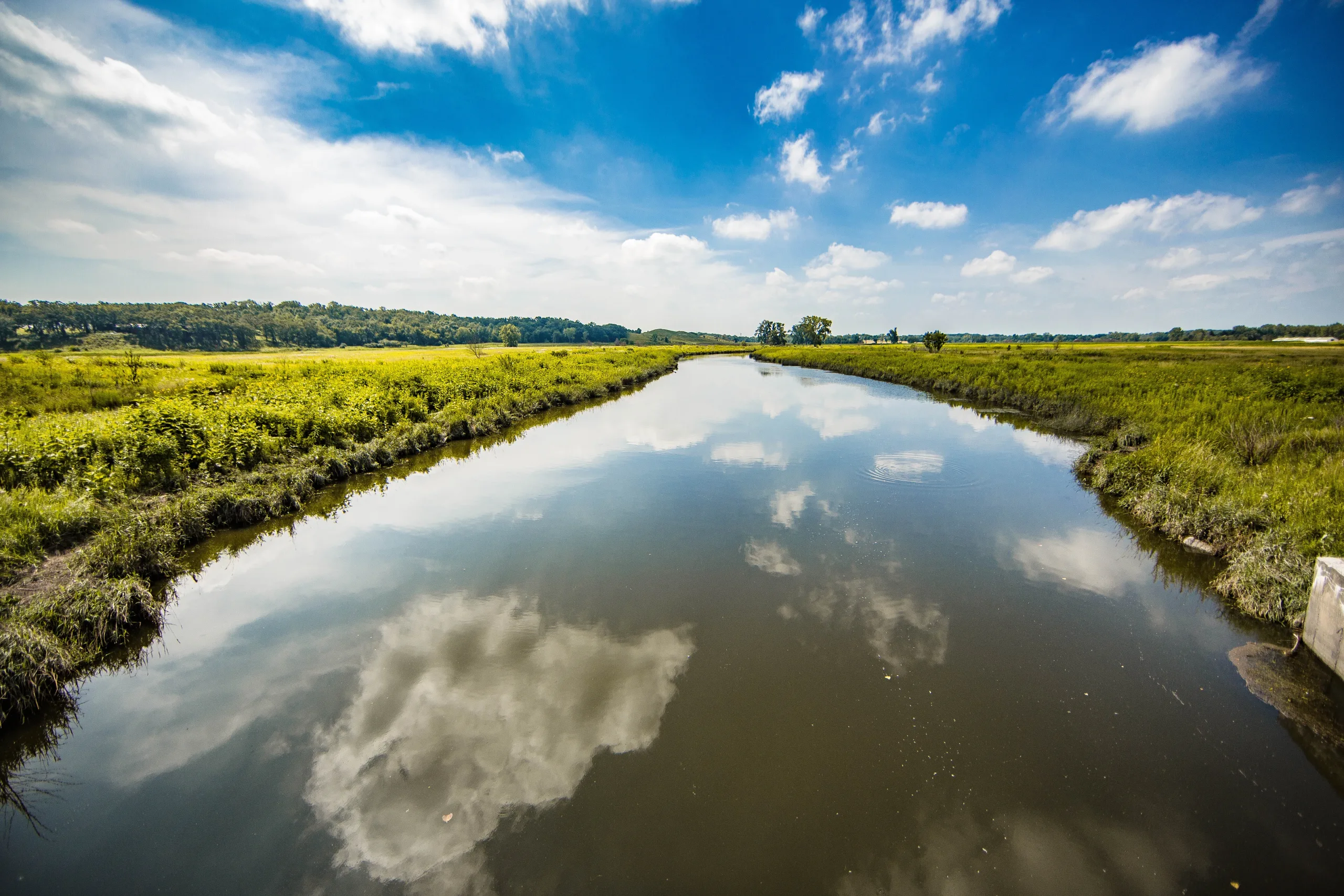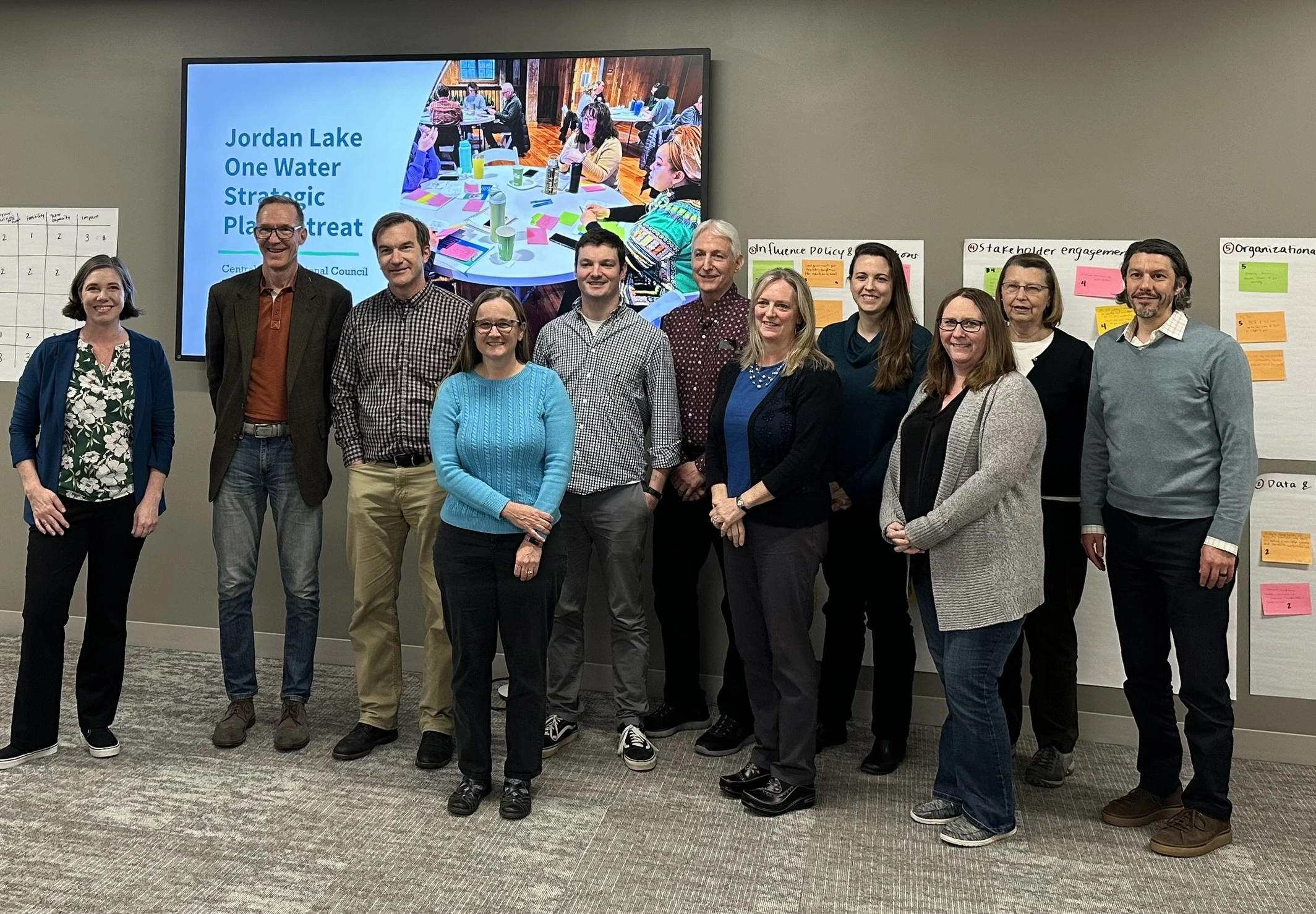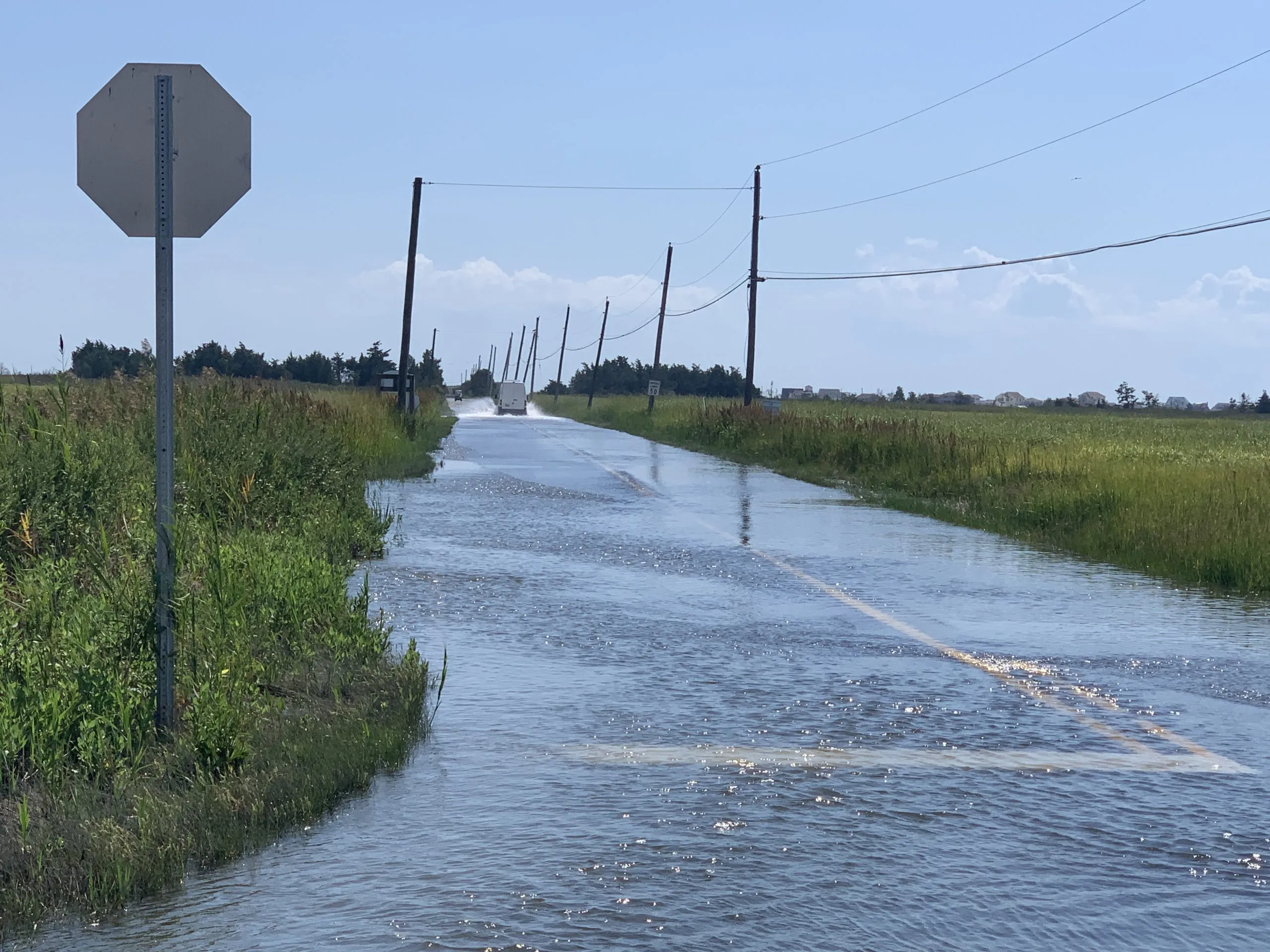
Photo by Meghan Wren
Project Summary
Following Hurricane Sandy, coastal communities realized that more needed to be done to improve resiliency, both to future storms and also to the increasing levels of nuisance flooding occurring at high tides on a monthly or even weekly basis. Many municipal, state, and non-profit partners began looking to nature-based solutions as another tool for improving coastal resilience. In this context, nature-based solutions refer to coastal habitat such as dunes, beaches, floodplains, and wetlands that provides some direct benefit to people while also supporting the habitat. Benefits can include flood reduction, tourism, water quality, or fish production.
However, we can’t assume all coastal habitats provide these benefits. Thus, we needed to develop a set of metrics to monitor and assess which projects were providing benefits to people over time. Two documents were created to guide coastal restoration practitioners:
- The Guide to Incorporating Ecosystem Service Valuation into Coastal Restoration Projects includes a comprehensive list of human wellbeing metrics.
- The Measures and Monitoring Workgroup of a National Oceanic and Atmospheric Administration (NOAA) funded coastal resilience project consisted of almost two dozen partner organizations representing numerous areas of expertise. The Workgroup collaboratively wrote A Framework for Developing Monitoring Plans for Coastal Wetland Restoration and Living Shoreline Projects in New Jersey It was the first of this type of framework to fully integrate socioeconomic metric.

